There are more ethnicities in New Zealand than countries in the world. So why is it so difficult to find New Zealand picture books that represent this diversity? Nida Fiazi searches out some exceptional New Zealand and international picture books that have something special to offer all children.
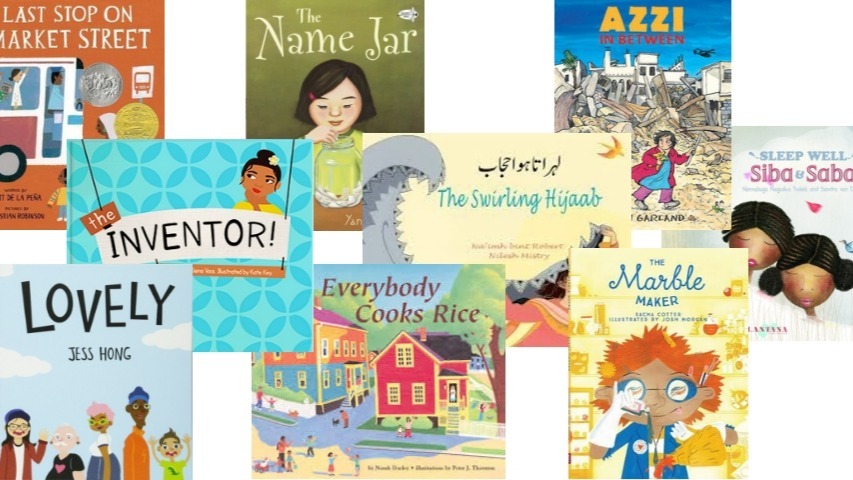
As a person of colour and an avid reader, I often seek out stories written by and about other POC. I think it’s important for us to take control of our own narratives and to be able to tell our stories from our perspectives. Seeing yourself and your experiences being represented in stories feels like a validation of personhood, of being one of many, rather than an outlier or someone who doesn’t belong. Children in Aotearoa, especially the under-represented, deserve to experience this validation.
Books, media and other outlets shapes how we view ourselves in relation to others, and the social world. Unfortunately, a lot of what we are fed carries implicit, and sometimes even explicit, biases about certain groups which we – and especially children – then internalise. These can come out as false and harmful assumptions about the social communities we live in. Positive representation of those who make up the New Zealand population can make us aware of these unfair stereotypes, and help negate them.
I love books because they offer a safe space to explore and interact with these kinds of issues. There are no stakes or negative consequences involved for the reader. However, when setting out to create this list, there were only a handful of picture books I could name off the top of my head that I knew for certain featured diverse characters– unfortunately none were from New Zealand. So I rolled my sleeves up and got to work.
Countless internet searches (involving as many keywords I could think of that could possibly relate to diversity) and library visits later, I was able to find many examples of diverse picture books, both local and international, that I could choose from. Most, if not all, of the local ones had already been mentioned in previous lists so I did not include them here. The books that made it to this list were ones I wished to highlight for the way they dealt with diversity.
If the character not being white isn’t relevant to the story, then it mustn’t detract from the narrative itself. A book featuring a black child does not have to make the story about their race (unless it’s relevant to the narrative). It’d be strange to randomly state that a character is black or Muslim or both if it has nothing to do with the story. The books on this list manage to be inclusive while not pretending to be colourblind in the name of unity. Ignorance can’t be fought with more ignorance. To fight prejudice and stereotyping, we need to acknowledge our differences and celebrate them.
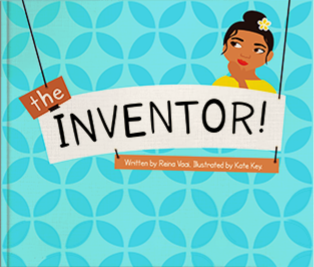
The Inventor by Reina Vaai, illustrated by Kate Key features a young Pacific Island girl from South Auckland who loves science and wants to invent something that will wake up her older brother. Her skin colour, hair, clothing and accessories were crafted to clearly identify her as Pacific Islander and it’s the first in a series encouraging children to start thinking about what they want to do in the future.
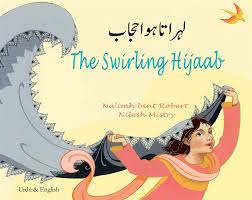
The Swirling Hijaab by Na’ima bint Robert, illustrated by Nilesh Mistry is a bilingual book about a young South Asian girl who imagines her mother’s hijaab as a fort, a ship’s sails, a comforter, and a wedding sari amongst multiple other things. The version I have is English/French but the story has been translated into more than ten languages.
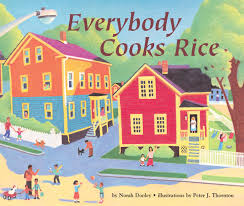
In Everybody Cooks Rice by Norah Dooley, illustrated by Peter J. Thornton, Dooley uses rice to introduce readers to characters from Barbados, Vietnam, India, China and more, by showing all the different ways they make rice. There’s even bonus content at the end featuring all the different rice recipes.
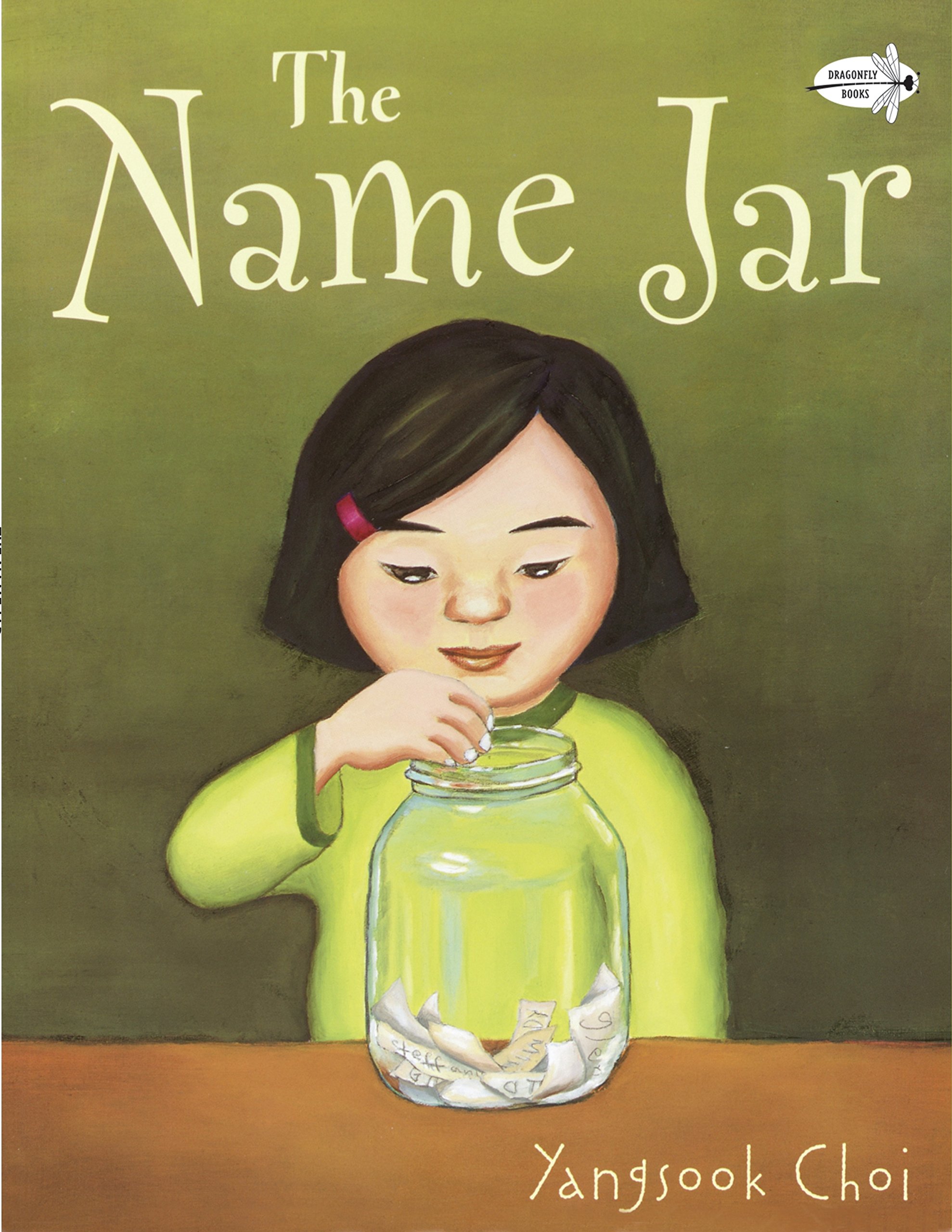
The Name Jar by Yangsook Choi tells the story of a young Korean girl who just moved to America and is anxious that the kids at her new school won’t be able to pronounce her name. Intrigued and eager to help, her classmates offer their name suggestions but none of them feel quite right. With some encouragement from her new friends, she eventually decides on a name and teaches the other children how to pronounce it correctly.
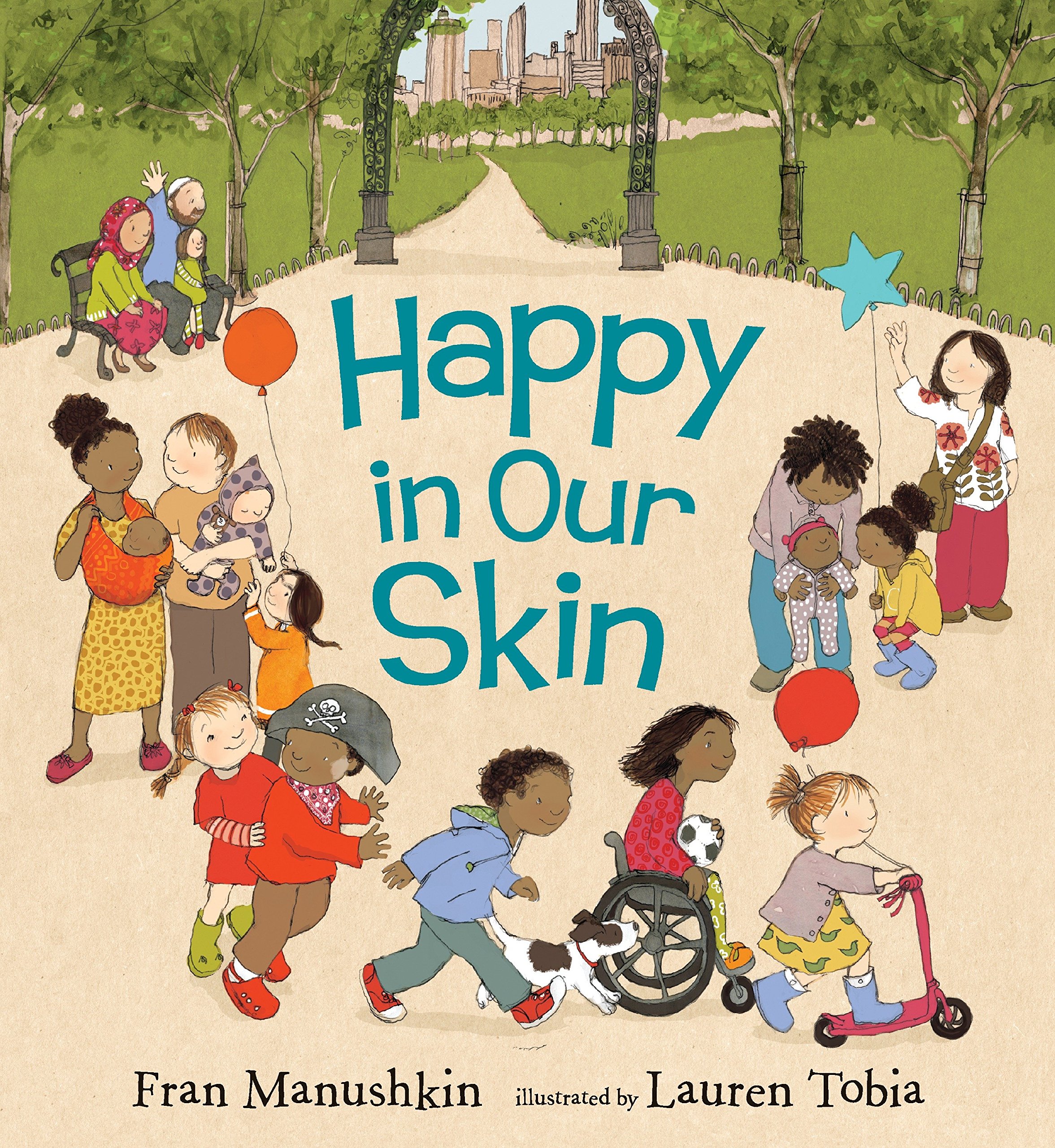
Happy In Our Skin by Fran Manushkin, illustrated by Lauren Tobia is a celebration of skin centred around a biracial family, with characters of various colours, physical abilities, orientations and religions. The story is not actually about those things, and even leaves the gender of the parents up to the reader’s interpretation.
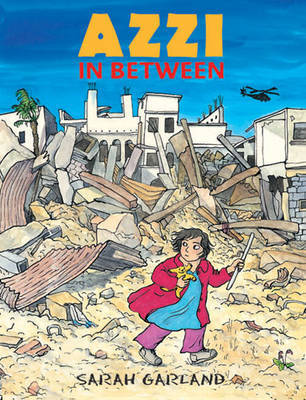
Azzi In Between by Sarah Garland follows the journey of a young girl named Azzi as she and her family flee the war in their home country, and settle into their new home. By representing the world as it is, Garland is able to include characters of all sorts of backgrounds without detracting from the story itself.
In addition to all that awesome diverse representation, this book also features the most accurate hijabi representation I have ever encountered! Azzi’s mother wears a hijab outside, but at home she lets her hair out. This isn’t explained verbally, but the different pictures of Azzi’s mother with and without her hijab answer so many questions I used to and still get about the headscarf.
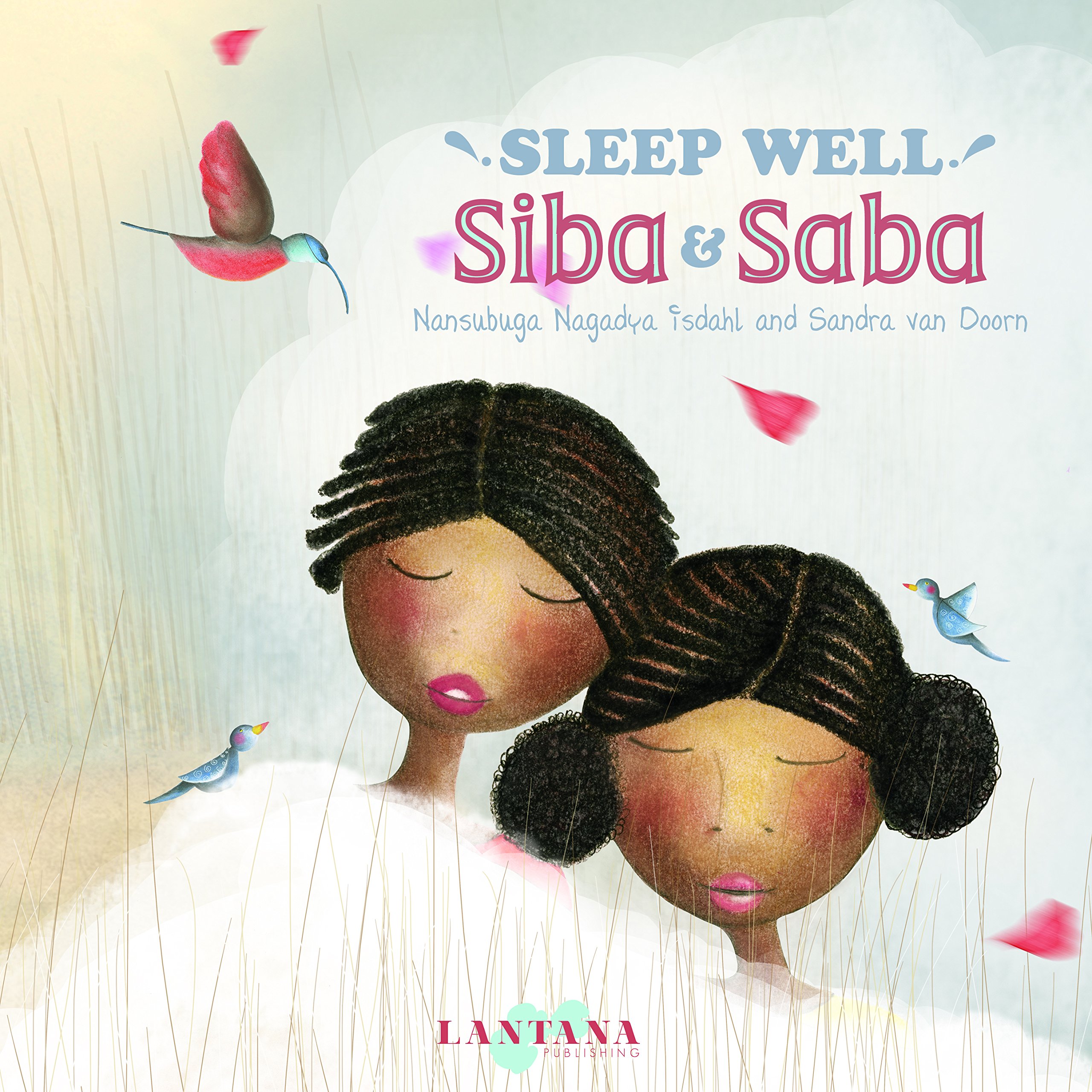
Sleep Well Siba and Saba by Nansubuga Nagadya Isdahl, illustrated by Sandra van Doorn is about two Ugandan sisters who always seem to lose things: sweaters, buses, and sandals, just to name a few! The names of the sisters, their dad’s good night song, the places they visit and the plants and animals they encounter, all reference the author’s Ugandan heritage. My favourite aspect of this book was all the different hairstyles the sisters sported: cornrows, flat twists and afro puffs amongst many others.
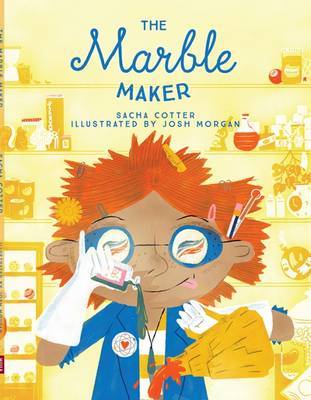
You can pick up any picture book by Sacha Cotter and know that it’ll feature diverse characters. The protagonists in Keys, The Marble Maker and The Bomb (all illustrated by Josh Morgan) are all brown! What I love about Cotter’s stories is that none of them are about the colour of her characters’ skin. They are just genuinely entertaining and endearing stories about a father and daughter, an inventor and a boy who wants to do the perfect bomb in water, that just also happen to have diverse characters. What’s even more amazing is that you can get all three in Te Reo Māori too.
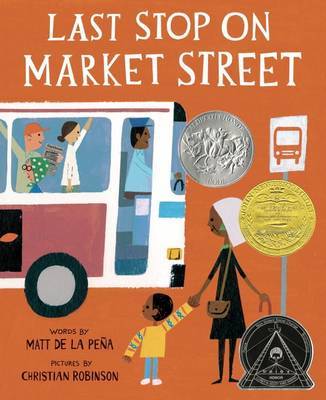
Last Stop on Market Street by Matt de la Peña, illustrated by Christian Robinson follows a black child, CJ, and his grandmother as they ride the bus across town and notice all the economic and cultural differences between their lives and the lives of their neighbours. The collage style illustrations feature characters of all kinds of shapes, sizes, colours and abilities. The ethnic and economic background of the protagonist is so essential to the story that if you were to replace them with a generic European character, you’d not only have a different approach to the story but an entirely different story altogether.
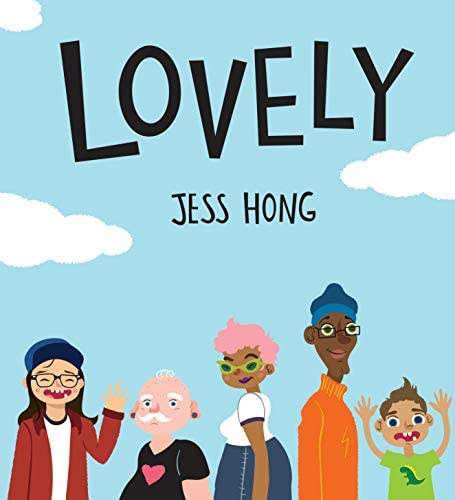
Lovely by Jess Hong is the perfect celebration of our differences. The bright illustrations feature individuals of different ages, sizes, shapes, colours, orientations, genders (some non-conforming), abilities and occupations. There are even characters with braces, tattoos, freckles, unibrows, prosthetic limbs, vitiligo and heterochromia (like me!). One thing they have in common is that they’re all lovely.

Nida Fiazi has worked in the New Zealand book industry for the past five years as a poet, editor, reviewer, and advocate for better representation in literature. She is a Hazara Kiwi Muslim and a former refugee based in Kirikiriroa. Her work has appeared in Issue 6 of Mayhem Literary Journal, the anthology Ko Aotearoa Tātou | We Are New Zealand, and Poetry NZ Yearbook 2021. She is currently penning an opera with Tracey Slaughter.



